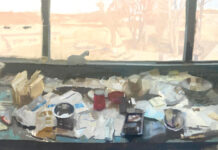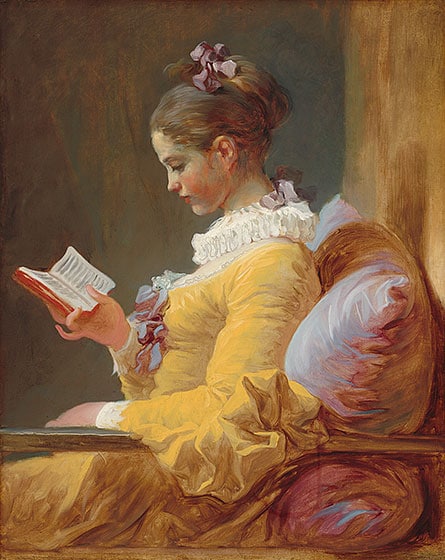
Jean Honoré Fragonard (1732-1806) was among the most characteristic and important French painters of his era. The National Gallery, Washington, has amassed — for the first time — the artist’s remarkable series known as the “fantasy figures” for this significant exhibition.
There are some 14 paintings in total that compose a special body of work called the “fantasy figures” by 18th-century French painter Jean Honoré Fragonard. The works are brightly colored paintings of lavishly costumed individuals and are among the artist’s most beloved works. The subjects are depicted in various poses during leisure activities, such as acting, reading, writing, playing instruments, or singing.
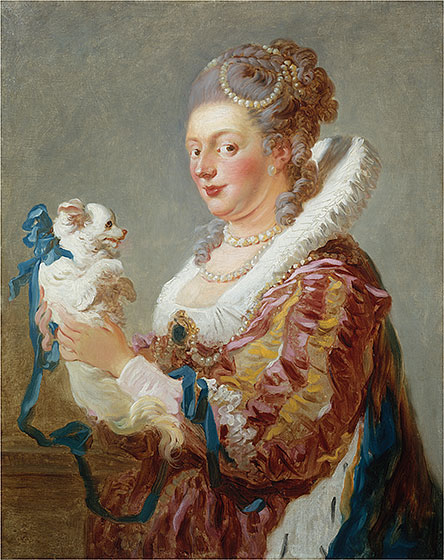
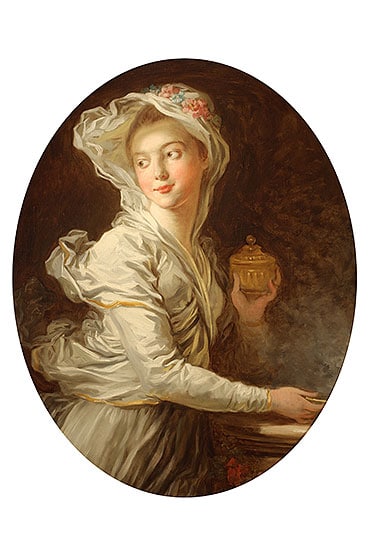
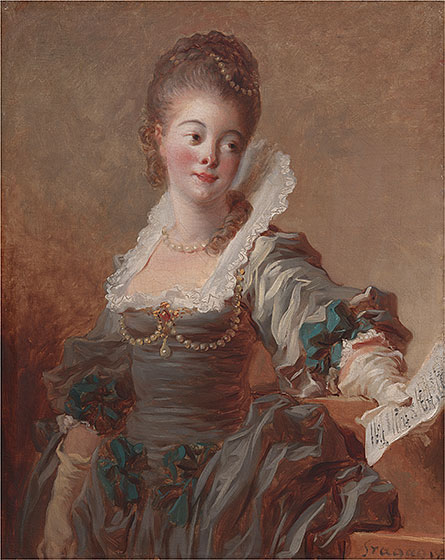
For the first time, these paintings have been brought together for a special exhibition by the National Gallery in Washington, D.C. “Fragonard: The Fantasy Figures” opened on October 8 and “explores the many interpretations of this series in the context of the artist’s career and elucidates the development of that career, the identity of his sitters and patrons, and the significance of his innovative imagery,” the museum writes. “Fragonard strove to create a specific portrait type that showcased the painterly skill for which he was renowned. Created within the competitive atmosphere of the Parisian art world, these works were influenced by a range of events, artworks, and visitors to his studio. Shaped by artistic imagination, these paintings pushed the boundaries of accepted figure painting in the 18th century.”
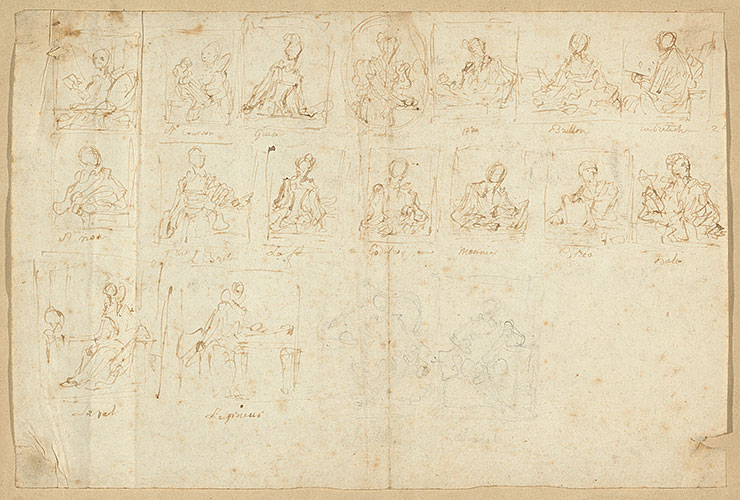
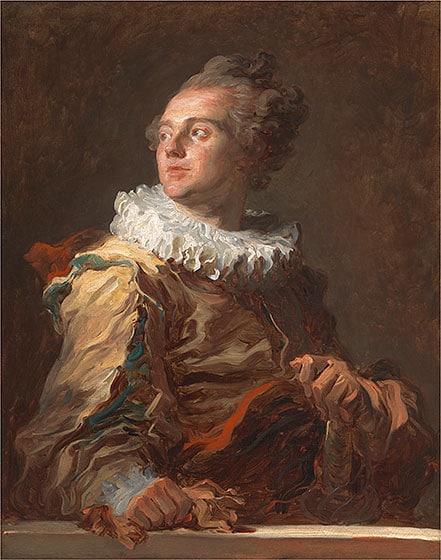

In addition to the 14 “fantasy figures,” the exhibition will be showing a newly discovered drawing with 18 thumbnail-sized sketches, apparently annotated in the rococo artist’s own hand. Continuing, the museum suggests, “The drawing, ‘Sketches of Portraits,’ emerged at a Paris auction in 2012 and upended several long-held assumptions about the fantasy figures: 14 of the sketches have been identified with these paintings, and four presumably relate to works that remain unknown. All but one of the sketches are annotated with a name, presumably that of the person portrayed or the individual who commissioned the corresponding painting — thereby putting to rest a long-standing debate over whether the fantasy figures depict known individuals or imaginary models. At the National Gallery of Art, the emergence of this drawing prompted a two-year investigation of ‘Young Girl Reading,’ conducted as a collaborative effort by Yuriko Jackall, assistant curator of French paintings, John K. Delaney, senior imaging scientist, and Michael Swicklik, senior conservator of paintings. Their findings establish ‘Young Girl Reading’ as a part of the fantasy figure series and shed light upon Fragonard’s approach to the ensemble as a whole.”
The exhibition will continue through December 3. To learn more, visit The National Gallery of Art.
This article was featured in Fine Art Today, a weekly e-newsletter from Fine Art Connoisseur magazine. To start receiving Fine Art Today for free, click here.



